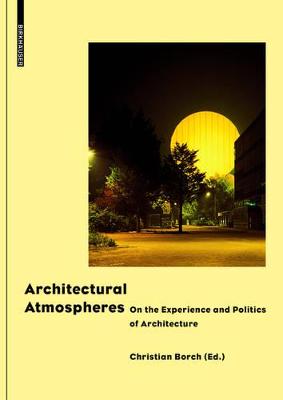
Architecture is increasingly understood to be a sensual, spatial experience, which means that the experience of buildings and spatial constellations is also a perception of atmospheres that are rated as positive or negative. Architects, planners, investors, and politicians must produce effects such as these according to intersubjective and communicable criteria, and not intuitively or randomly. Architectural Atmospheres addresses the growing awareness of the atmospheric dimension of architecture and provides a current, programmatic discussion of this topic. What possibilities does this approach open to architecture, what value does this knowledge have? Three essays and a conversation lead a cross-discipline discussion on the impact of architecture, and contribute to the debate first initiated by Peter Zumthor. The texts are accompanied by thirty-five color images that capture architectural moods in a variety of ways. Gernot Böhme is Professor Emeritus of Philosophy at Darmstadt Technical University and Director of the Institute for Practical Philosophy, e.V., Ipph, in Darmstadt, Germany. Christian Borch is Professor of Political Sociology at the Department of Management, Politics, and Philosophy, Copenhagen Business School, Denmark. Olafur Eliasson is a Danish-Icelandic artist. Eliasson incessantly explores our modes of perceiving. His work spans photography, installation, sculpture, and film. Juhani Pallasmaa is one of Finland's most distinguished architects and architectural thinkers.
| ISBN: | 9783038215127 |
| Publication date: | 31st March 2014 |
| Author: | Christian Borch, Gernot Böhme, Olafur Eliasson |
| Publisher: | Birkhauser |
| Format: | Hardback |
| Pagination: | 112 pages |
| Genres: |
Theory of architecture |